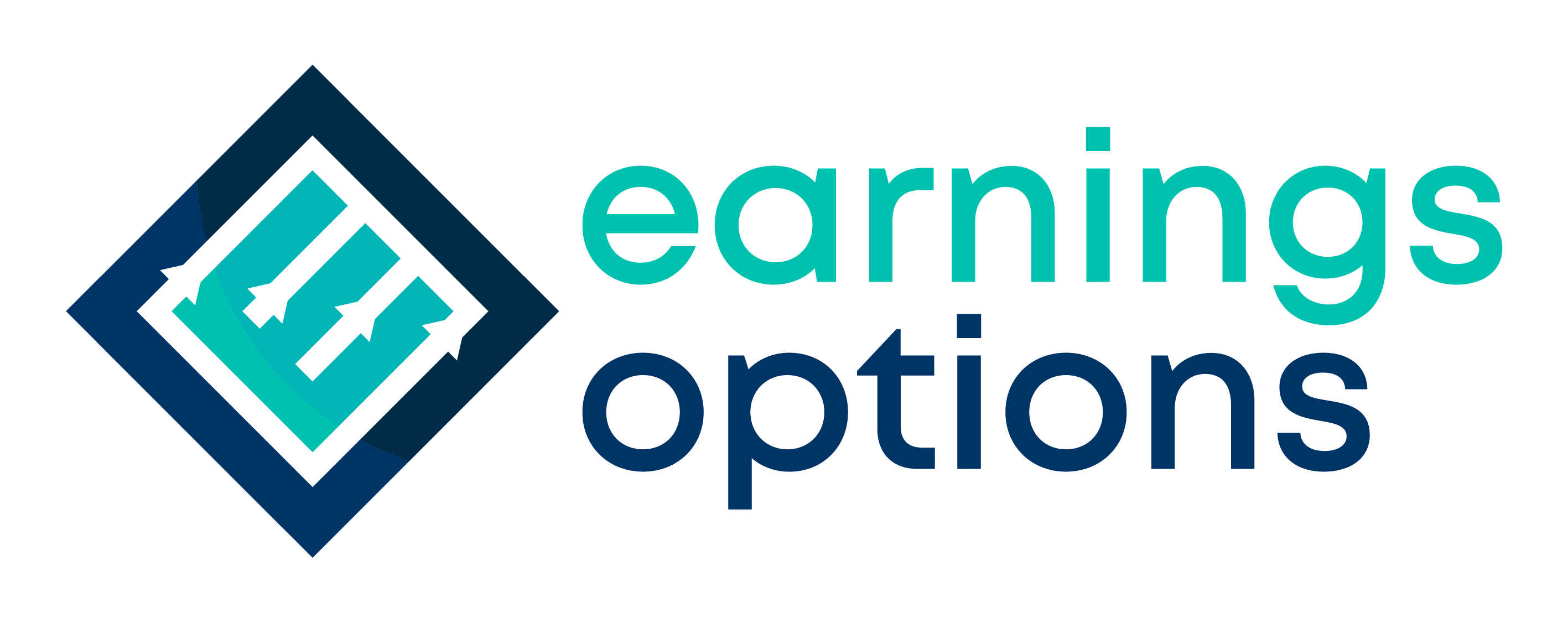Life throws curveballs, and sometimes those curveballs come with a price tag attached. When faced with an emergency, reaching for a credit card can seem like the easiest solution. But here’s the urgent truth: if you’re leaning on credit cards for financial emergencies, you’re likely losing money—potentially thousands of dollars. Personal loans might be the safety net you need to save more in the long run.
The Costly Convenience of Credit Cards
Credit cards offer a quick and convenient way to pay for unexpected expenses. However, this convenience comes at a cost:
- High-Interest Rates: Credit cards typically have higher interest rates compared to personal loans. These rates can quickly increase the total amount you owe, especially if you can only afford to make minimum payments.
- Compounding Interest: Credit card interest compounds, which means you’re not just paying interest on your original balance, but you’re also paying interest on the interest that has already been charged to you.
- Revolving Debt Trap: It’s easy to fall into the trap of revolving debt with credit cards, where you’re perpetually paying off and racking up debt without ever fully paying it down.
The Strategic Alternative: Personal Loans
Personal loans, on the other hand, offer a structured way to handle emergencies with several financial benefits:
- Lower Interest Rates: Personal loans generally come with lower interest rates for consumers with good to excellent credit. This means less money spent on interest over the life of the loan.
- Fixed Repayment Terms: With a personal loan, you have fixed payments over a set period. This predictability allows for better budgeting and the assurance that the debt will be paid off by a specific date.
- No Compounding Interest: The interest on personal loans doesn’t compound in the same way as it does with credit cards. You pay interest on the remaining balance, not on accumulated interest.
Real-Life Implications
Imagine you’re hit with a $5,000 emergency medical bill. If you put this on a credit card with an 18% APR and make only the minimum payments, it could take you years to pay off the debt, and you’d end up paying thousands extra in interest. On the other hand, a personal loan with a 6% APR and a three-year term would save you a significant amount in interest and you’d be debt-free in 36 months.
Urgent Action Steps
Here’s what you need to do immediately if you’re facing a financial emergency:
- Resist the Plastic: Before you swipe your credit card, consider the long-term costs.
- Explore Personal Loans: Research personal loan options and compare APRs, fees, and terms.
- Calculate Total Costs: Use online calculators to estimate the total interest you’d pay on a credit card versus a personal loan.
- Consider Your Credit: Understand that while personal loans can be a better choice, you typically need good credit to qualify for the best rates.
- Create a Repayment Plan: Whether you choose a personal loan or a credit card, have a solid repayment plan in place to tackle the debt effectively.
Final Thought
In emergencies, time is of the essence, and so is the way you choose to finance unexpected expenses. By opting for a personal loan over a credit card, you’re not just making a choice for the immediate term; you’re setting yourself up for financial success in the long run. Don’t let the ease of credit cards blind you to their true cost. When it comes to emergency funding, personal loans are often the wiser, more economical choice. Take control of your financial emergency with a strategy that saves money, stress, and time.

